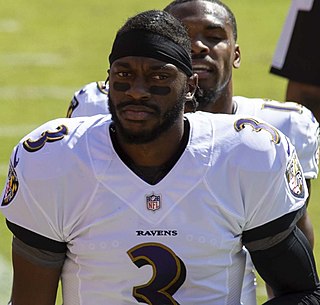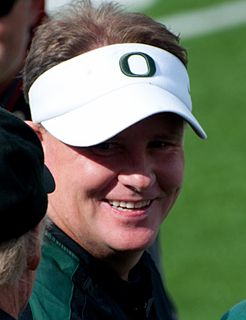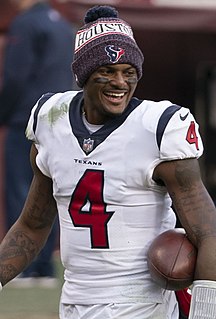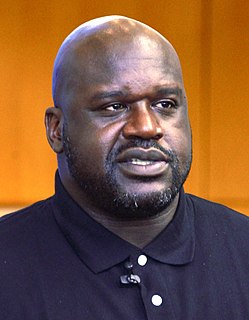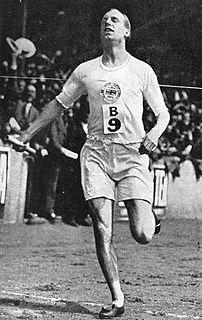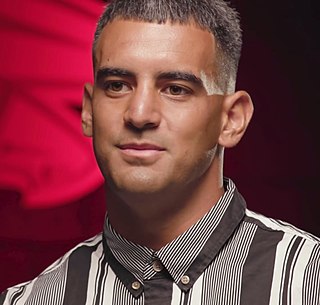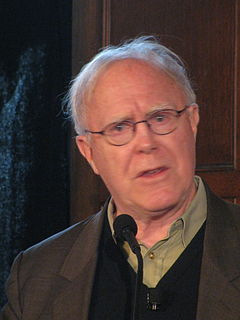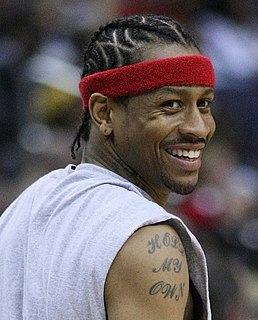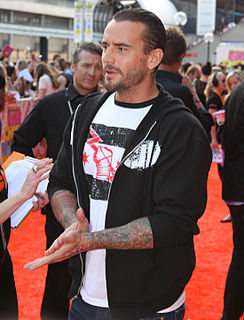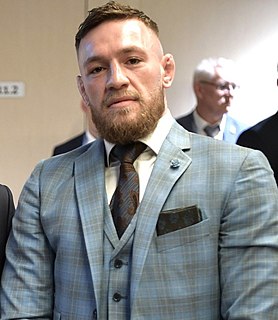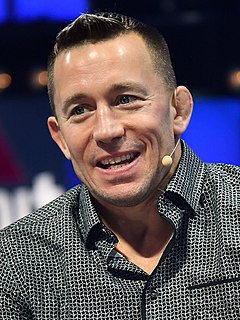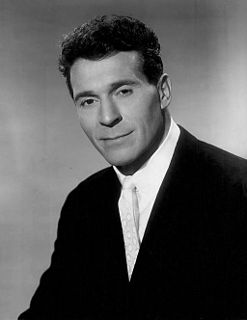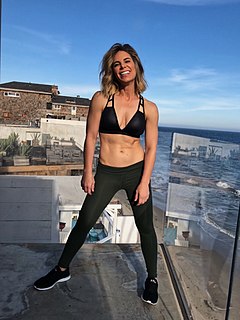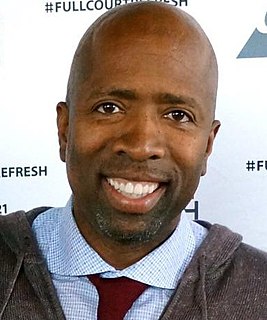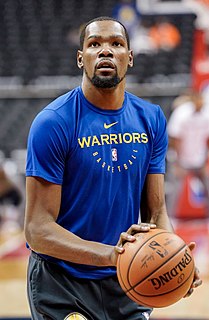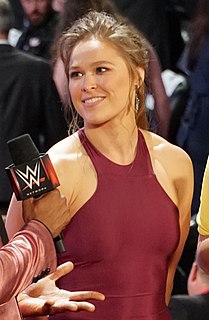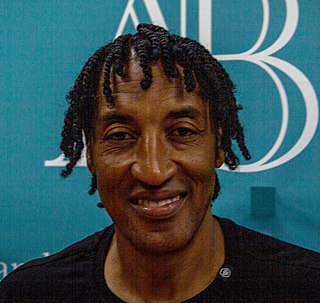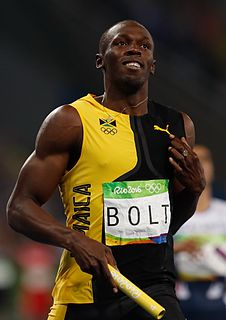A Quote by Robert Griffin III
There's just a misconception that comes with being a dual-threat quarterback. You run first, throw second. I've proven I throw first and then run if I have to.
Related Quotes
People have assumed that I have to run the ball before I can throw it most all of my career, all the way back before high school. It's a stereotype put on me for a long time because I'm African-American and I'm a dual-threat quarterback. I don't know why that stereotype is still around. It's about talent and the ability to throw the ball, not the color of your skin or your ability to also be a dangerous runner.
When Emily Dickinson's poems were published in the 1890s, they were a best-seller; the first book of her poems went through eleven editions of a print run of about 400. So the first print run out of Boston for a first book of poems was 400 for a country that had fifty million people in it. Now a first print run for a first book is maybe 2,000? So that's a five-time increase in the expectation of readership. Probably the audience is almost exactly the same size as it was in 1900, if you just took that one example.
